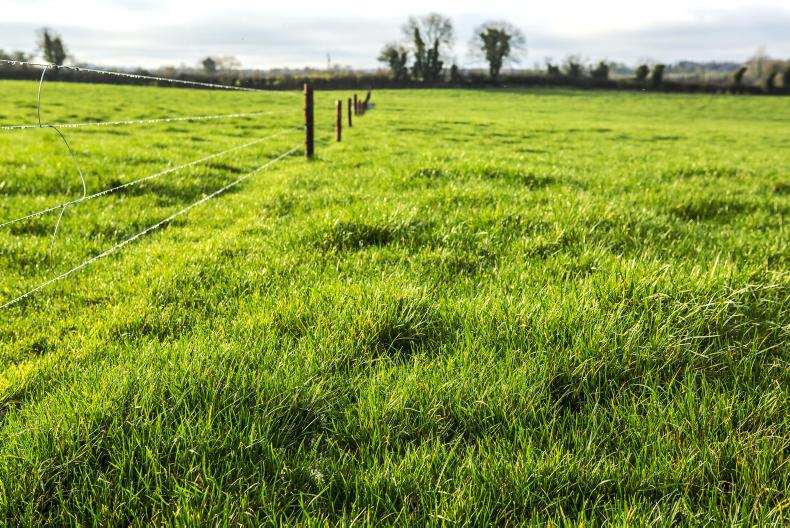Grass: Farms should be hitting peak grass over the next three weeks. By letting grass covers go high now, you are ensuring enough grass will be available for extended grazing this autumn, while at the same time ensuring enough grass for early spring turnout. The old saying that you can’t burn the candle at both ends isn’t true when it comes to grass. You can, but you need to manage it. Without a doubt, the most profitable farmers are those that have grass in the spring and can get cows out to graze it. The difference it makes to cow performance and workload is incredible, which is why it’s so important. Average farm cover should peak at between 1,100kg and 1,200kg/ha over the next few weeks. This means you will likely be grazing covers of 2,200kg to 2,400kg/ha, effectively wading through grass. Cows need to be on 12- or 24-hour breaks and not fed too much supplement in order to ensure a good cleanout. If paddocks are well cleaned out they will be easier to graze out in the final round and will carry over a cover of higher quality grass into next spring. If you’re not sure what to do about grass on your farm, both Teagasc and the Irish Farmers Journal have dedicated grass specialists who are available to help out.
Scanning: Scanning results around the country appear to be mixed. Some farmers are reporting an increase in empty rates compared to last year. There is no apparent reason, as cows were in good body condition score going into breeding this year. It’s a good idea to work out what age your cows are when leaving the herd due to infertility. Work out the percentages of empty cows in each lactation. It should be that a higher percentage of older cows are infertile. Looking at the national figures, too high a proportion of young cows are infertile. Considering it takes 1.63 lactations just to generate the revenue (not profit) from the cost of rearing, losing young animals is a serious drain on profit. It also reduces the overall age profile of the herd, which reduces average milk solids per cow. Ask yourself why these cows aren’t lasting. The next question is what to do with empty cows. The first thing I would look at is grass supply. If average farm cover is on target and your grass budget says you will reach closing cover target, with all cows milking and not too much supplement to be fed, then it’s probably worth keeping them, at least for another few weeks. However, if grass is scarce, I would consider selling the younger cows that are eating a lot of grass but milking the least.
Fertiliser: The closed period for spreading chemical fertiliser commences on 15 September, meaning that all bag nitrogen and phosphorus should be spread by Saturday night. Some farmers will blanket spread nitrogen on fields that haven’t been spread for a few weeks. I’d be slow to spread any more than 30 units/ac, unless average farm cover is very low. Potash can be spread at any stage, but ideally in September or October. Target low-K fields with a bag of muriate of potash to help build up indices.






 This is a subscriber-only article
This is a subscriber-only article









SHARING OPTIONS: